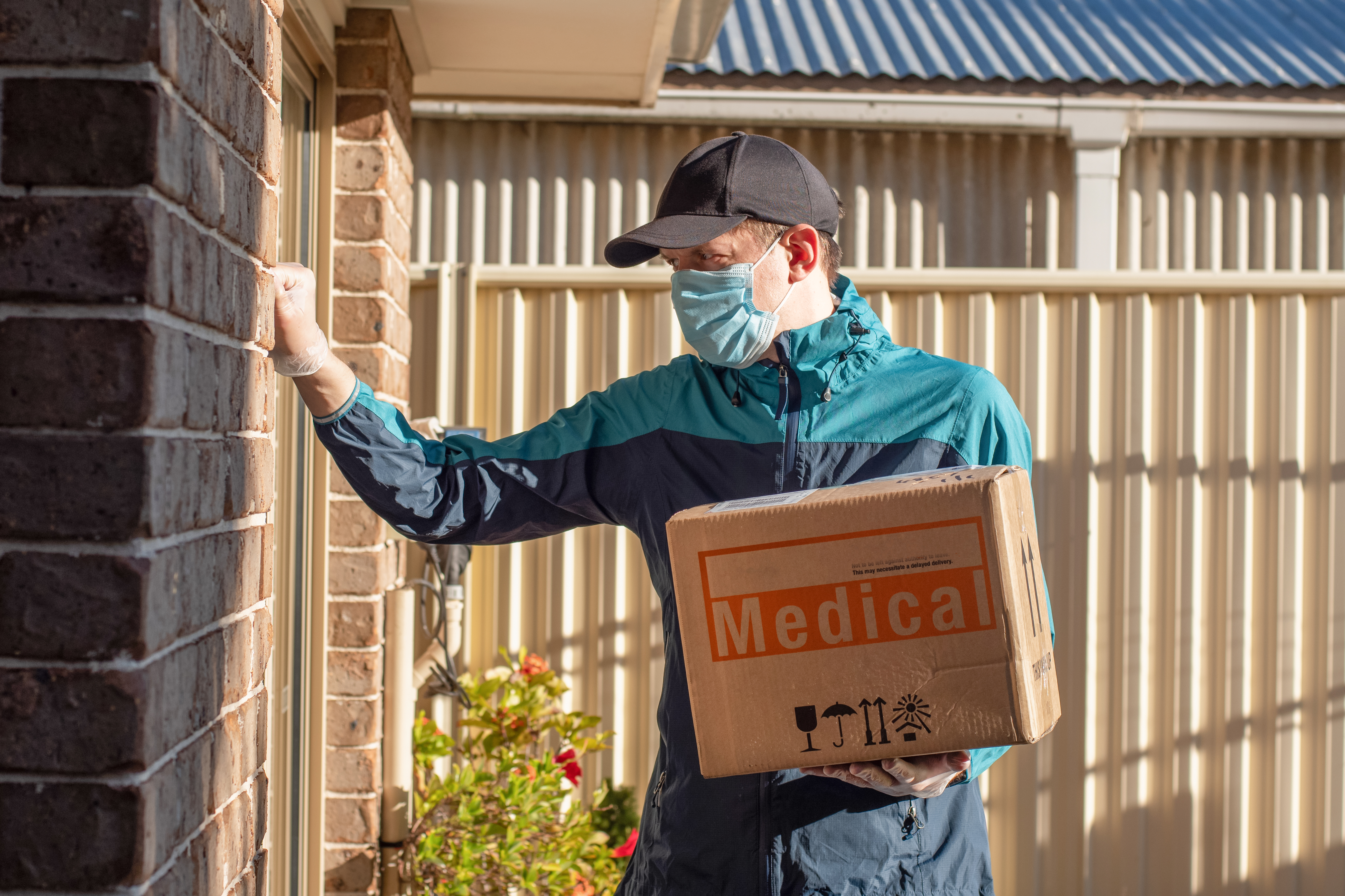Common Vaccine Storage Problems (and How to Fix them)
How can vaccines be damaged?
Vaccine storage and handling errors can seem insignificant, but they create a domino effect causing widespread problems. Ruined vaccines mean lost money, spoiled doses, and mistrust in providers. If vaccines are not stored properly, they can lose their effectiveness, or worse, cause a negative reaction when administered. This can have serious consequences for public health, including outbreaks of preventable diseases.
From manufacture to administration, vaccine safety is key. A well-run vaccine supply chain ensures that vaccines retain their quality throughout the whole journey. Proper vaccine storage maintains the integrity of the vaccines, preventing them from damage and decay. This article will dive into common vaccine storage errors and the prevention procedures needed to keep vaccines safe.
Common Problems Associated with Storing Vaccines
Temperature control is one of the most common challenges associated with vaccine storage. Vaccines must be stored in precise temperature ranges for safety and preservation. Vaccines are sensitive to fluctuations even within a refrigerator, which is why it is so important to get a medical grade unit. These refrigerators are built with superior temperature uniformity keeping your vaccines—and other sensitive pharmaceuticals—extra fresh.
Light sensitivity is another challenge to overcome in vaccine storage. Some vaccines are damaged by exposure to light, so light-blocking packaging and dark storage areas are key in these situations. Likewise, some vaccines can be sensitive to humidity, and humidity exposure causes them to degrade. Know the parameters for your specific vaccine, and be sure to adapt to the storage recommendations for each.
Storage and handling practices are some of the biggest problems vaccines face. Not following delivery instructions, not using proper storage units, removing original packaging, and not keeping temperatures stable all lead to errors and loss of vaccine quality.
A lesser-known risk to vaccine safety is transportation. Transportation vehicles should be kept at the right temperature, and remain protected from light and humidity as mentioned above. Another transportation risk? Vaccines are often targeted by thieves. It’s worth giving these valuable substances some extra security on the road.

How to Keep Vaccines Safe During Storage
Start with the proper equipment
Vaccines should be stored within appropriate temperature ranges, typically between 2°C and 8°C (35°F and 46°F) for refrigerated vaccines. Frozen vaccines may be stored at traditional frozen temperatures (-15°C to -25°C) or significantly lower if ultra-low temperatures are needed. These temperatures can be achieved by using a refrigerator or freezer specifically designed for vaccine storage. Always refer to manufacturer guidelines and CDC recommendations to access storage protocols for each vaccine you carry.
Use temperature monitoring devices
Medical grade refrigerators and freezers should come equipped with a calibrated temperature monitoring device, such as a data logger. These devices can be used to ensure that the temperature inside the storage unit is always within the recommended range. Plus you can set your mind at ease, knowing you don't have to manually monitor temperatures all day.
Rotate vaccine stock
Vaccine inventory should be stored in a way that allows for easy stock rotation, so that the oldest products are used first and waste is minimized. But never use a suspect vaccine that could have expired long ago. Check the labels and don’t use a vaccine if the expiration is unclear.
Check for safety and security
Vaccines should be stored in a secure location to prevent theft, and access to the storage area should be restricted to authorized personnel only. Good medical grade units should also come with a keyed door lock—something to check for. And as a side note, security cameras can be helpful, especially when dealing with expensive or rare vaccines. You never know what helpful coverage you will catch on screen.
Prioritize training
Staff handling, transporting, and administering the vaccines should be properly trained on vaccine storage and handling practices. Handling practices play a massive role in keeping vaccines safe. Train employees on temperature monitoring equipment, proper storage conditions, and recommended ranges for each specific vaccine you store. Emphasize the shared responsibility your team has and the very important role each person plays. Provide reference and resource materials so that your team always has access to current information on proper vaccine storage.
Ensure compliance
Compliance with storage and handling guidelines provided by manufacturers and regulatory authorities should be followed carefully. The Centers for Disease Control is the most trusted source for vaccine storage guidelines. The CDC provides the most current information for proper vaccine storage and offers a vaccine handling toolkit and fact sheet for all providers. Make good use of these important reference and resource materials.
Wrapping up Vaccine Storage Challenges
By now you know how to protect your vaccines from costly errors and prevent mistakes from occurring in the future. Vaccine storage and handling practices don't have to be a mystery. Keep your staff informed, keep current on guidelines, and make sure your equipment is up to the task.
American Biotech Supply
American Biotech Supply offers a full range of medical grade vaccine cold storage that meets NSF/ANSI 456 Standards for vaccine storage. Explore today. ABS | American Biotech Supply


